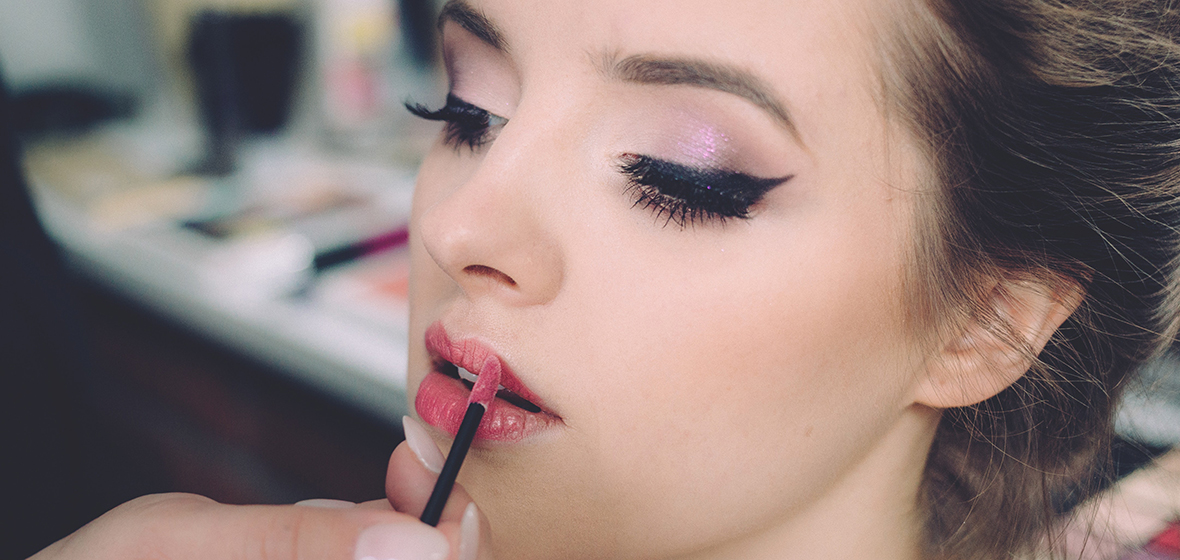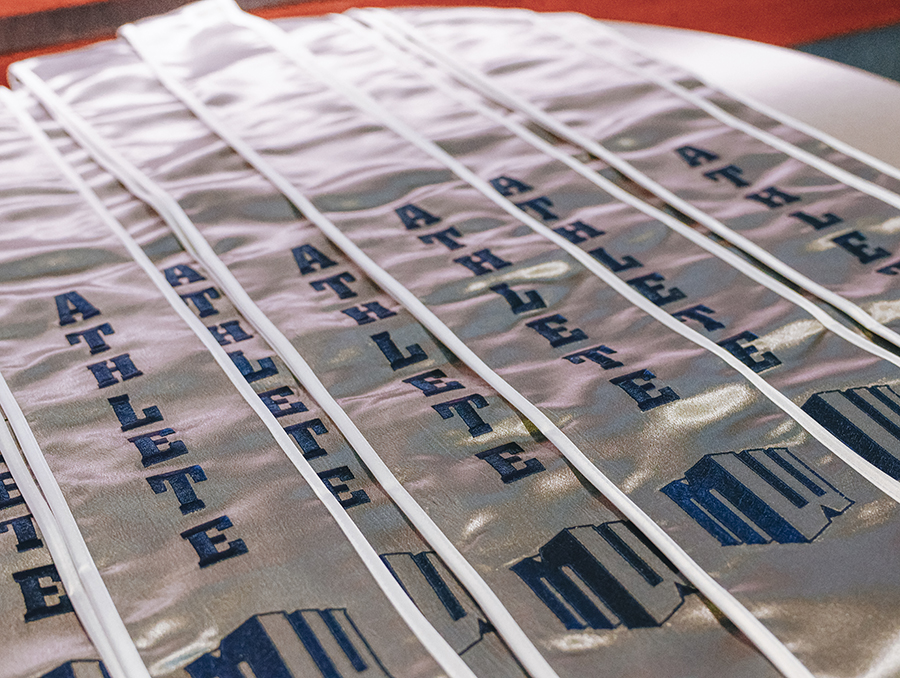Traditional media has long been thought to shift the perception of social norms. One prevalent example is the use of supermodels in advertising. Research has shown this to impact one’s perception of what is “perceived” as acceptable or normal in regard to body weight.
“Critics argue that extremes in media can negatively affect consumer well-being, as it may result in consumers having unrealistic expectations and self-comparisons,” James Leonhardt, assistant professor of marketing at the University of Nevada, Reno’s College of Business, said. “The tendency for media to shift social norms toward more extreme levels has resulted in an evaluation of the role of media and marketing.”
While an extremity bias in traditional media has been observed, Leonhardt and undergraduate student, Ian Bigley, a senior anthropology major at the University, wanted to research if the same could be true for user-generated content in social media.
“Unlike traditional media, social media is decentralized,” Leonhardt said. “Social media lacks a centralized source or strategy regarding the creation and dissemination of content. We wanted to understand if, in a context that’s largely consumer-to-consumer with millions of users weighing in, we would see a similar trend toward extremity.”
In their research, “Extremity Bias in User-Generated Content Creation and Consumption in Social Media,” recently published in the “Journal of Interactive Advertising,” Leonhardt and Bigley tested for an extremity bias in social media by assessing the consumption and creation of makeup-related content in social media and consumer perceptions of their own and others’ makeup usage.
Leonhardt and Bigley chose to focus their research using makeup tutorials on Instagram since makeup is easily changeable, attainable and controllable. In fact, on Instagram alone the hashtag “#makeup” has more than 214 million posts to date.
Recentralization of content
“Social media has created a new breed of ‘influencers’ – social media users with established credibility in a specific industry,” Bigley said. “These influencers typically have a larger audience and often persuade others through their content.”
It is through these influencer profiles, a recentralization of corporate influence was discovered. Companies are investing in influencers to generate content that can shift social norms.
“These influencers are getting a disproportionate amount of visibility,” Bigley said. “And, what they perceive as normal is influencing social media content.”
Social profile and content evaluation
Three studies were performed to collect data on how users consume and react to user-generated content on social media.
- Study one surveyed makeup users and found that those who perceive their own makeup style as more extreme were more likely to post their makeup-related content online. Conversely, those with a self-perception of having a less extreme makeup style were more likely to consume and share others’ makeup-related content online, rather than post their own content. This result suggested that makeup-related content on social media was likely to come from those with more extreme makeup styles.
- Study two evaluated whether makeup styles found online are more extreme than those observed in offline contexts. The survey conducted clearly indicated that users viewed online images of makeup as more extreme.
- Study three then extended previous research on centralized media’s influence on social norms by testing whether exposure to makeup styles in social media shifts consumer perceptions of makeup style extremity. The results of this final study suggested that, as with traditional media, exposure to social media content can shift consumer perceptions of extremity and arguably social norms.
“The research is suggesting that social norms will move at a faster rate based on people’s rate of consumption of social media,” Leonhardt said. “Styles may trend and shift faster this way, with user-generated content allowing people to get more and more niche.”
Marketing implications
As a marketing researcher, how users differ in how they interact with social media, most consuming content rather than creating it, was especially interesting to Leonhardt.
“Marketing is often seen as the culprit, as the entity pushing strategic ‘ideals’ onto consumers,” Leonhardt said. “An extremity bias in social media suggests that even decentralized user-generated content has the potential to shift users’ perceptions of normalcy. Such an insight would allow brands to increase their exposure in the competitive landscape of social media – brands can gain greater visibility online through the posting of more extreme content.”
Ambitious undergraduate research
While academic research is generally reserved for those students pursuing graduate degrees, Leonhardt saw a terrific opportunity for undergraduate research inclusion when a conversation started organically with his student.
“The idea for this evolved from a conversation about social media shifting your perceptions,” Bigley said. “I was especially grateful for the opportunity. For me, as an undergraduate student, I was taught about all of these research ‘ideals.’ But having the opportunity to go through the process, with the support of faculty, I learned of the difficulties and challenges. I learned how hard it is to stay true to your original goal. Going through the process with the help of Dr. Leonhardt, gave me the knowledge and strength to continue to do research on my own.”
Leonhardt commended Bigley for his dedication to the project.
“It was impressive to see an undergraduate student take on such an ambitious project,” Leonhardt said. “While I think it helped to have an idea born out of his genuine interest in the topic, there was a ton of work and time that Ian put into this study and I am excited to see what he’ll accomplish in the future.”











